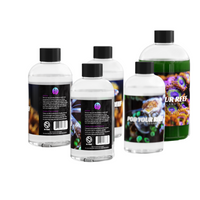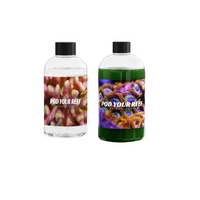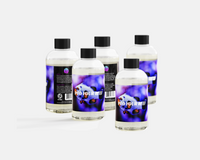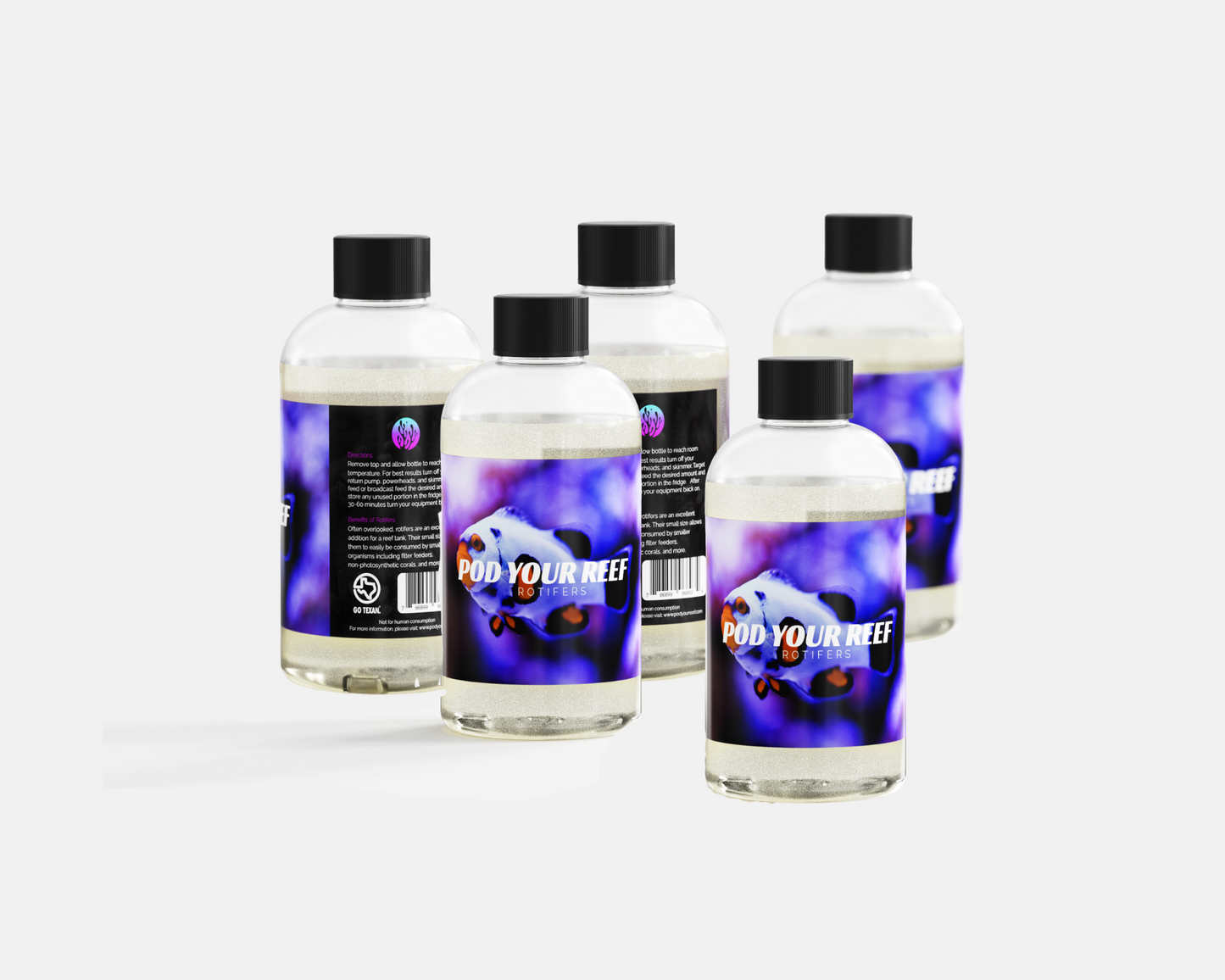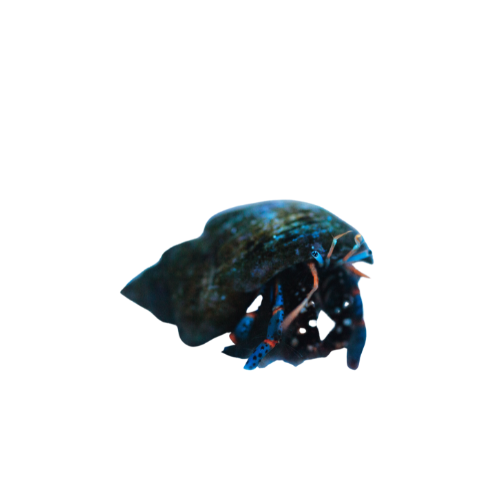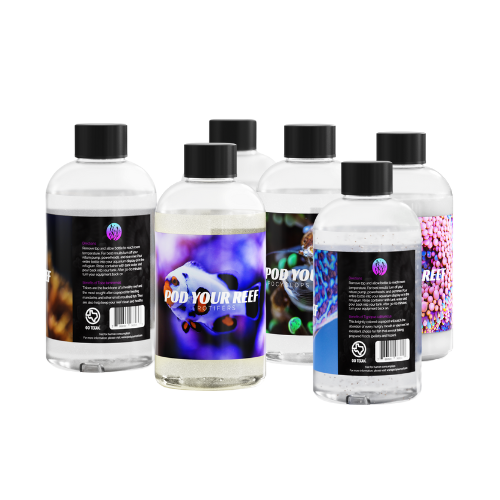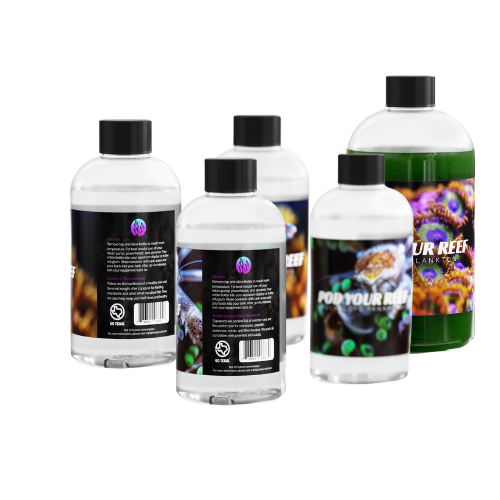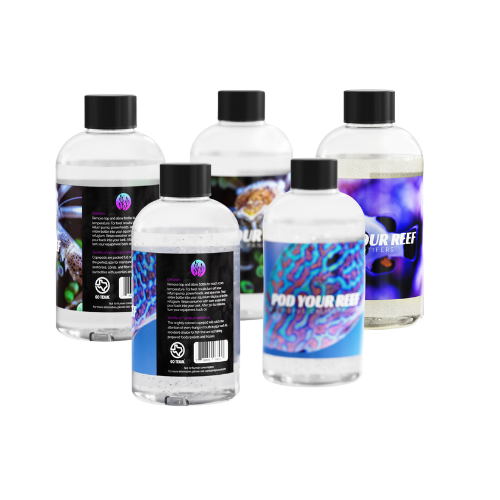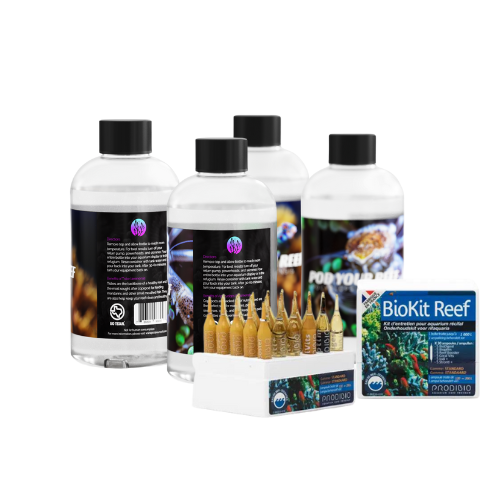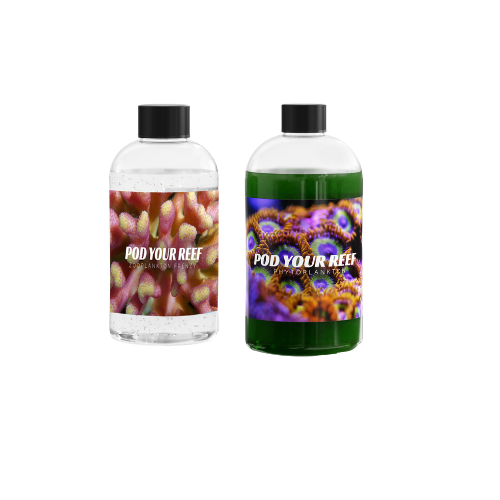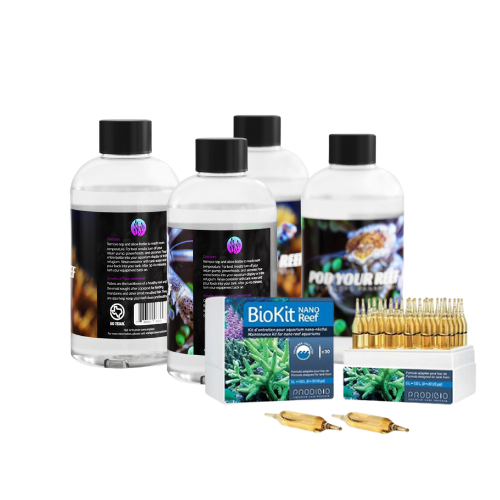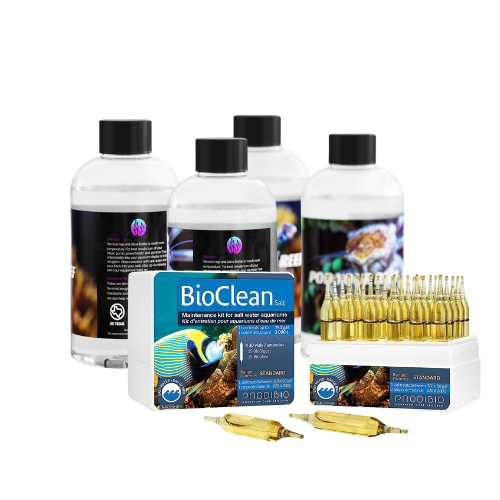Save $10
Blue Leg Hermit Crab
Pickup currently unavailable
Clean Your Aquarium the Natural Way!
Enhance the biodiversity and ecological balance of your reef tank with the addition of Blue Leg Hermit Crabs, the ultimate clean-up crew known for their scavenging behavior and ability to maintain tank cleanliness.
What Are Blue Leg Hermit Crabs?
The Blue Leg Hermit Crab (Clibanarius tricolor) is a popular addition to reef aquariums due to its vibrant blue legs and active scavenging behavior. These crustaceans are known to help maintain the cleanliness of the tank by consuming algae and leftover food particles.
Not only do they play a crucial role in tank maintenance, but Blue Leg Hermit Crabs also add both color and personality to the tank. They are known to be social and interact with other tank inhabitants, making them a great addition to any reef tank community.
Blue Leg Hermit Crabs are easy to care for and adapt well to a variety of tank conditions. They are hardy and resilient, making them a great choice for both beginners and experienced aquarists. These hermit crabs are a great addition to any reef tank as they are beneficial to the tank’s ecosystem and also add a unique and colorful touch to the tank.
When it comes to Blue Leg Hermit Crabs, it's essential to make sure they have enough hiding places and access to food. They will not harm corals or other invertebrates, but they may eat small snails and other crustaceans, so it's best to house them with larger or more aggressive tankmates.
In summary, Blue Leg Hermit Crabs are a great addition to any reef tank due to their scavenging behavior, vibrant blue legs, and social personalities. They are easy to care for and adapt well to a variety of tank conditions, making them an excellent choice for both beginners and experienced aquarists. Order yours today and add some color and personality to your reef tank!
How many do you need?
The number of Blue Leg Hermit Crabs that should be added to a reef aquarium depends on the size of the tank. A general rule of thumb is to have one Blue Leg Hermit Crab for every 10 gallons of water in the tank.
For example, if you have a 50-gallon reef tank, it's recommended to have 5 Blue Leg Hermit Crabs in the tank. However, this is just a general guideline, and the actual number may vary depending on the specific conditions of the tank and the size of the other inhabitants.
It's also important to note that Blue Leg Hermit Crabs are social animals and will thrive better in groups, so it's recommended to have at least three or four hermit crabs in a tank.
It's also important to keep an eye on the population of your tank and make sure there are enough hiding places and food for all of the hermit crabs. If you notice that the population is too high or that the hermit crabs are not getting enough food, it's best to remove some of the hermit crabs from the tank.
Clean Your Aquarium the Natural Way!
Enhance the biodiversity and ecological balance of your reef tank with the addition of Blue Leg Hermit Crabs, the ultimate clean-up crew known for their scavenging behavior and ability to maintain tank cleanliness.
What Are Blue Leg Hermit Crabs?
The Blue Leg Hermit Crab (Clibanarius tricolor) is a popular addition to reef aquariums due to its vibrant blue legs and active scavenging behavior. These crustaceans are known to help maintain the cleanliness of the tank by consuming algae and leftover food particles.
Not only do they play a crucial role in tank maintenance, but Blue Leg Hermit Crabs also add both color and personality to the tank. They are known to be social and interact with other tank inhabitants, making them a great addition to any reef tank community.
Blue Leg Hermit Crabs are easy to care for and adapt well to a variety of tank conditions. They are hardy and resilient, making them a great choice for both beginners and experienced aquarists. These hermit crabs are a great addition to any reef tank as they are beneficial to the tank’s ecosystem and also add a unique and colorful touch to the tank.
When it comes to Blue Leg Hermit Crabs, it's essential to make sure they have enough hiding places and access to food. They will not harm corals or other invertebrates, but they may eat small snails and other crustaceans, so it's best to house them with larger or more aggressive tankmates.
In summary, Blue Leg Hermit Crabs are a great addition to any reef tank due to their scavenging behavior, vibrant blue legs, and social personalities. They are easy to care for and adapt well to a variety of tank conditions, making them an excellent choice for both beginners and experienced aquarists. Order yours today and add some color and personality to your reef tank!
How many do you need?
The number of Blue Leg Hermit Crabs that should be added to a reef aquarium depends on the size of the tank. A general rule of thumb is to have one Blue Leg Hermit Crab for every 10 gallons of water in the tank.
For example, if you have a 50-gallon reef tank, it's recommended to have 5 Blue Leg Hermit Crabs in the tank. However, this is just a general guideline, and the actual number may vary depending on the specific conditions of the tank and the size of the other inhabitants.
It's also important to note that Blue Leg Hermit Crabs are social animals and will thrive better in groups, so it's recommended to have at least three or four hermit crabs in a tank.
It's also important to keep an eye on the population of your tank and make sure there are enough hiding places and food for all of the hermit crabs. If you notice that the population is too high or that the hermit crabs are not getting enough food, it's best to remove some of the hermit crabs from the tank.
Real Stories, Real Enthusiasm, Real Testimonials
TRUSTED BY OVER 1,159+ REEFERS, JUST LIKE YOU!
I have been ordering Copepods for many years and I never notice any reaction from my fish or corals when I bought from other places not so buying from Pod Your Reef! The copepods were alive and well! You could even see some swimming around in the tank my mushroom corals went crazy! Highly recommend getting your copepods from here!
